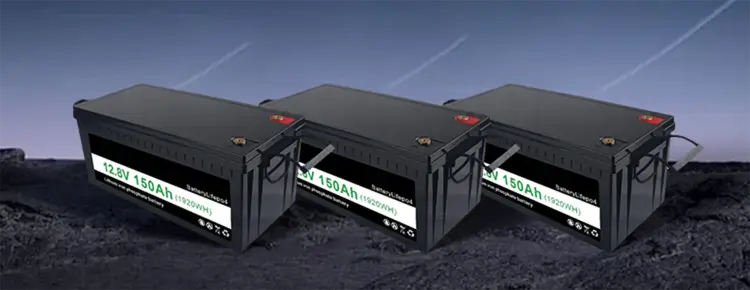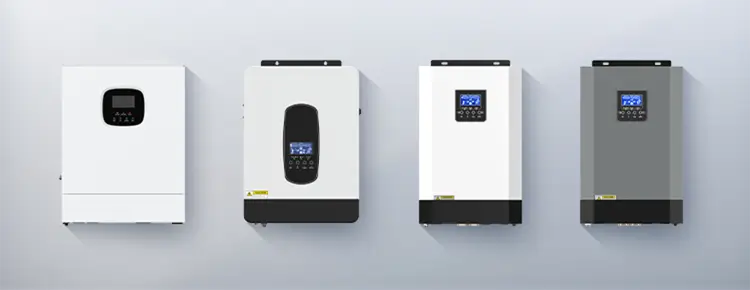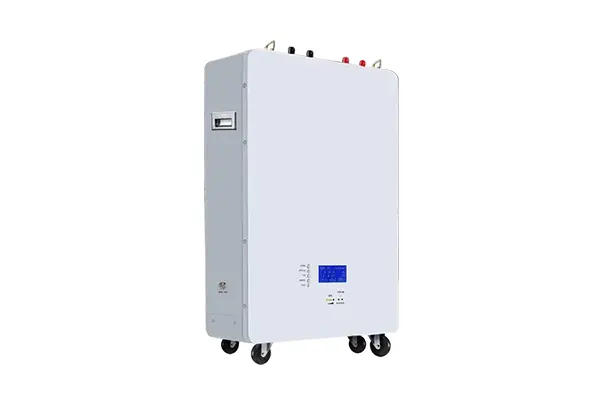



Blog
Hot Category
Latest Blog
27 Dec 2024
Eli
As people's living standards continue to improve, new energy sources are becoming more and more popular in life. Lithium iron phosphate (LiFePO4) batteries have gradually occupied an important position in the fields of electric vehicles, energy storage systems, etc., and most of the household energy storage batteries now use LiFePO4 batteries, which means that the safety of this battery is related to the safety of the whole family, so consumers are eager to know whether lithium iron phosphate batteries are safe? This article will explain the characteristics and safety features of LiFePO4 batteries themselves.
Lithium iron phosphate battery is a lithium-ion battery with lithium iron phosphate (LiFePO4) as the positive electrode material and carbon as the negative electrode material. The rated voltage of lithium iron phosphate single cell is 3.2V, and the charging cut-off voltage is 3.6V~3.65V. During the charging process, some lithium ions in lithium iron phosphate are released, transferred to the negative electrode through the electrolyte, and embedded in the negative electrode carbon material; at the same time, electrons are released from the positive electrode and reach the negative electrode from the external circuit to maintain the balance of the chemical reaction. During the discharge process, lithium ions escape from the negative electrode and reach the positive electrode through the electrolyte. At the same time, the negative electrode releases electrons and reaches the positive electrode from the external circuit to provide energy to the outside world. Lithium iron phosphate does not contain any heavy metal elements that are harmful to the human body, and it will not generate internal heat or form strong oxidizing substances like other lithium ions when it is at high temperature or overcharged. The decomposition temperature of lithium iron phosphate is about 600℃, so it has good stability. Secondly, lithium iron phosphate (LiFePO4) batteries have a wide operating temperature range and can work normally between -20℃ and 75℃, with good heat resistance.

1. Stable chemistry: LiFePO4 batteries are known for their stable chemistry, which makes them less susceptible to thermal runaway or fire during charging and discharging. This stability comes from their unique internal chemical structure, which does not overheat to unsafe levels.
2. Battery management system: Most LiFePO4 batteries are equipped with a battery management system (BMS), which monitors the battery status and takes appropriate measures when abnormal conditions are detected, such as overcurrent, overvoltage, undervoltage, and overtemperature protection. These safety features can help further improve the safety of the battery.
3. Strong environmental adaptability: LiFePO4 batteries can withstand harsh environmental conditions, including extreme cold, heat, and rugged terrain. This adaptability allows them to maintain stable performance in a variety of environments, thereby reducing safety risks caused by environmental factors.
4. Non-flammability: LiFePO4 batteries are inherently non-flammable, and they will not explode or catch fire even if they are improperly operated during charging or discharging. This feature greatly reduces the safety risks of home energy storage systems during use.
5. Environmentally friendly and harmless: Lithium iron phosphate batteries are non-toxic, harmless, pollution-free, and do not contain rare earth metals, making them an environmentally friendly choice. Compared with lead-acid and other lithium batteries, lithium iron phosphate batteries have significant advantages in environmental protection.

In general, lithium iron phosphate batteries have high safety in home energy storage systems due to their stable chemical properties, battery management system, strong environmental adaptability, non-flammability, and environmental harmlessness.